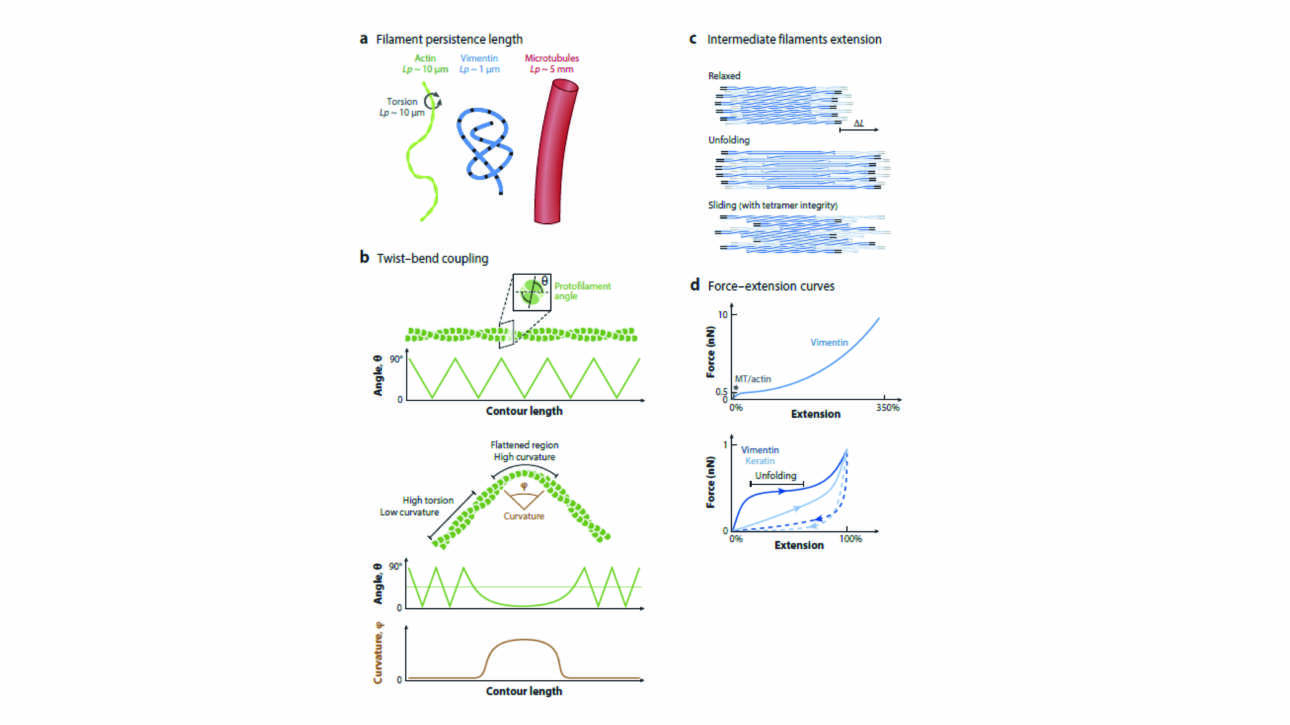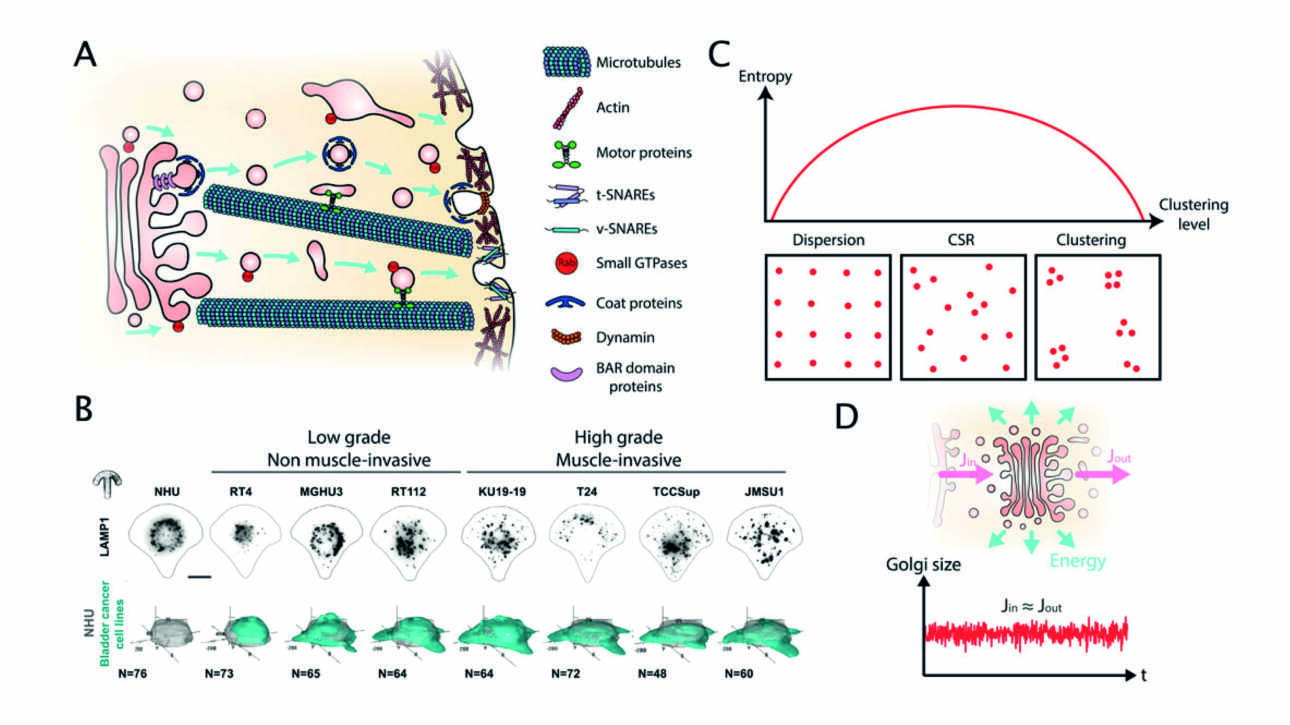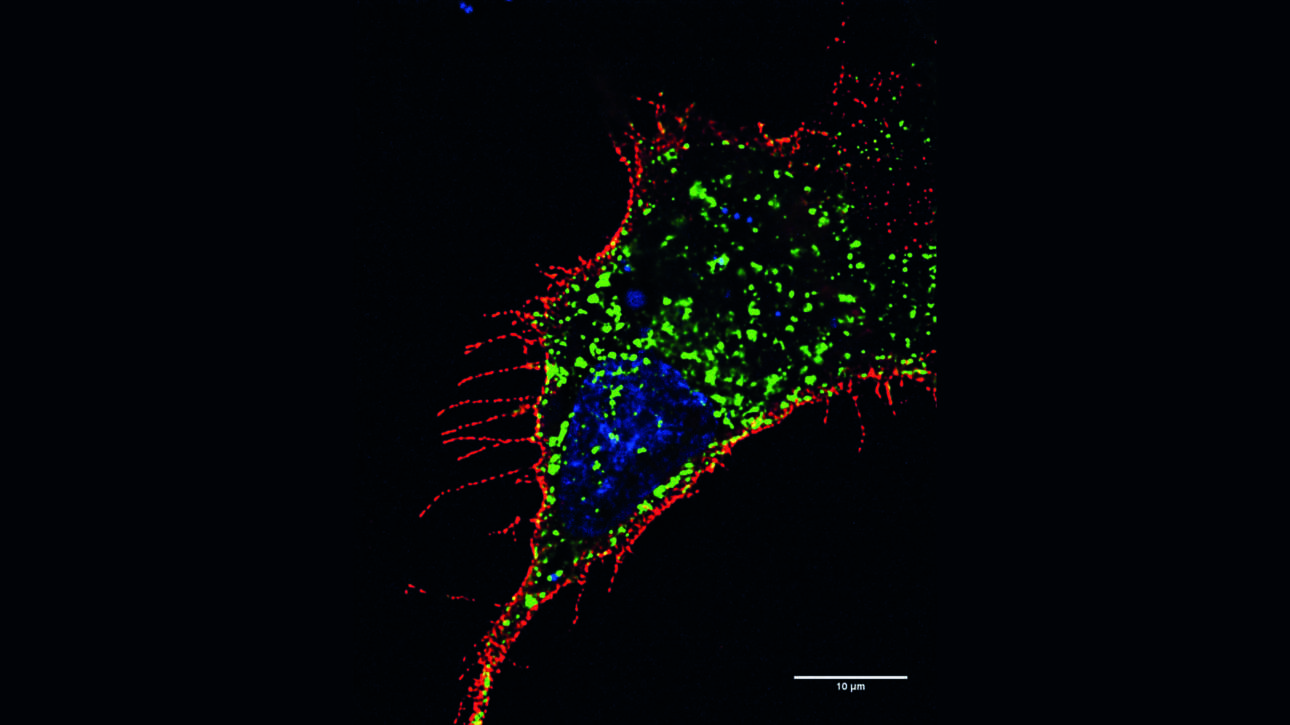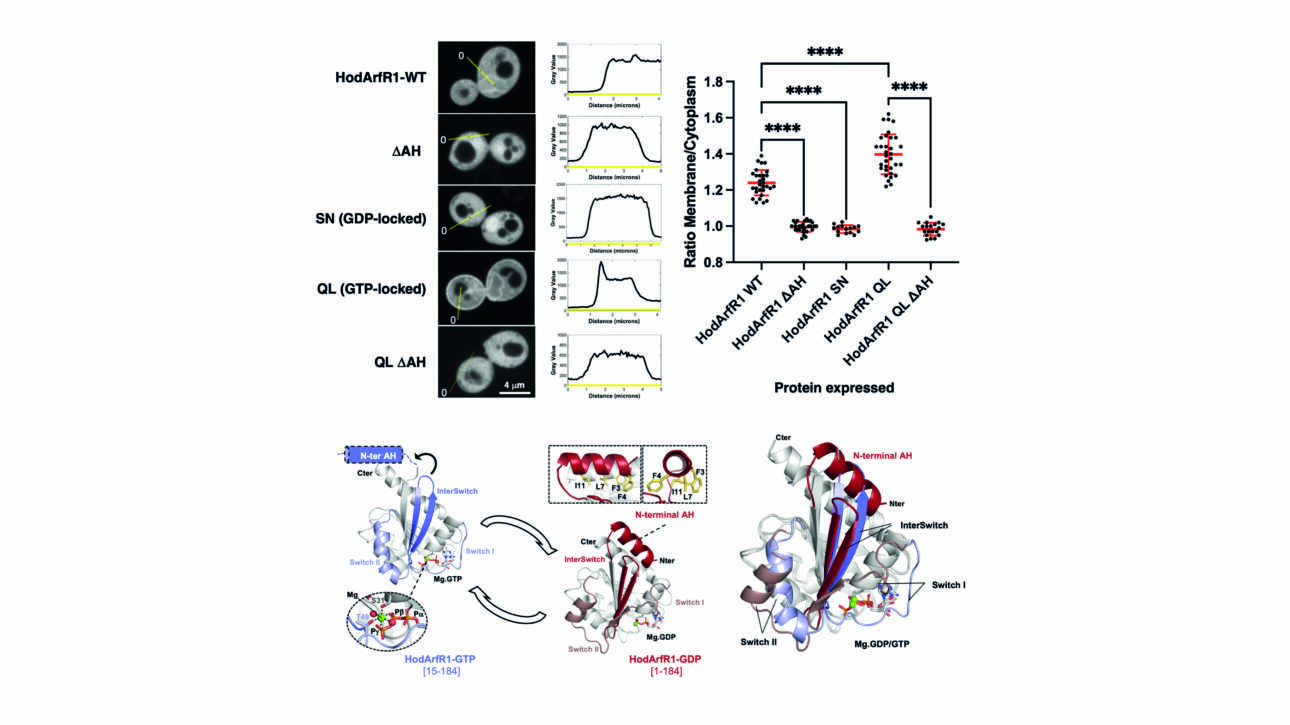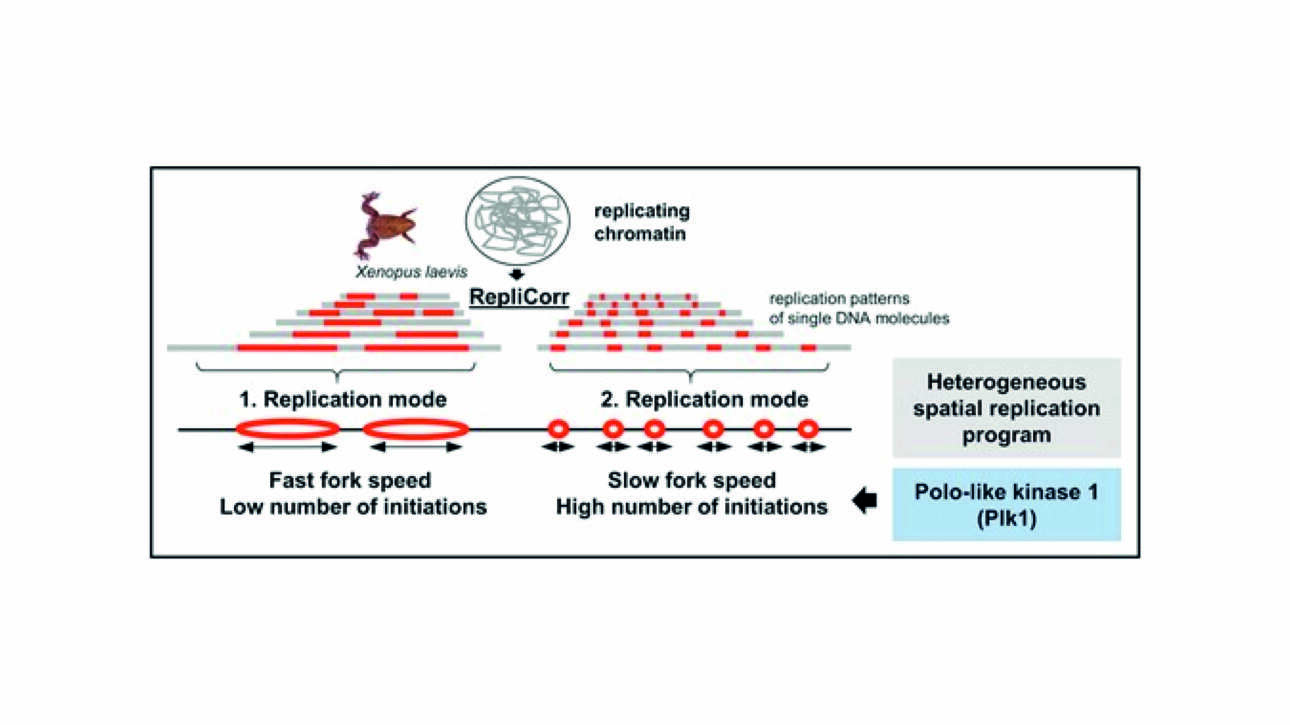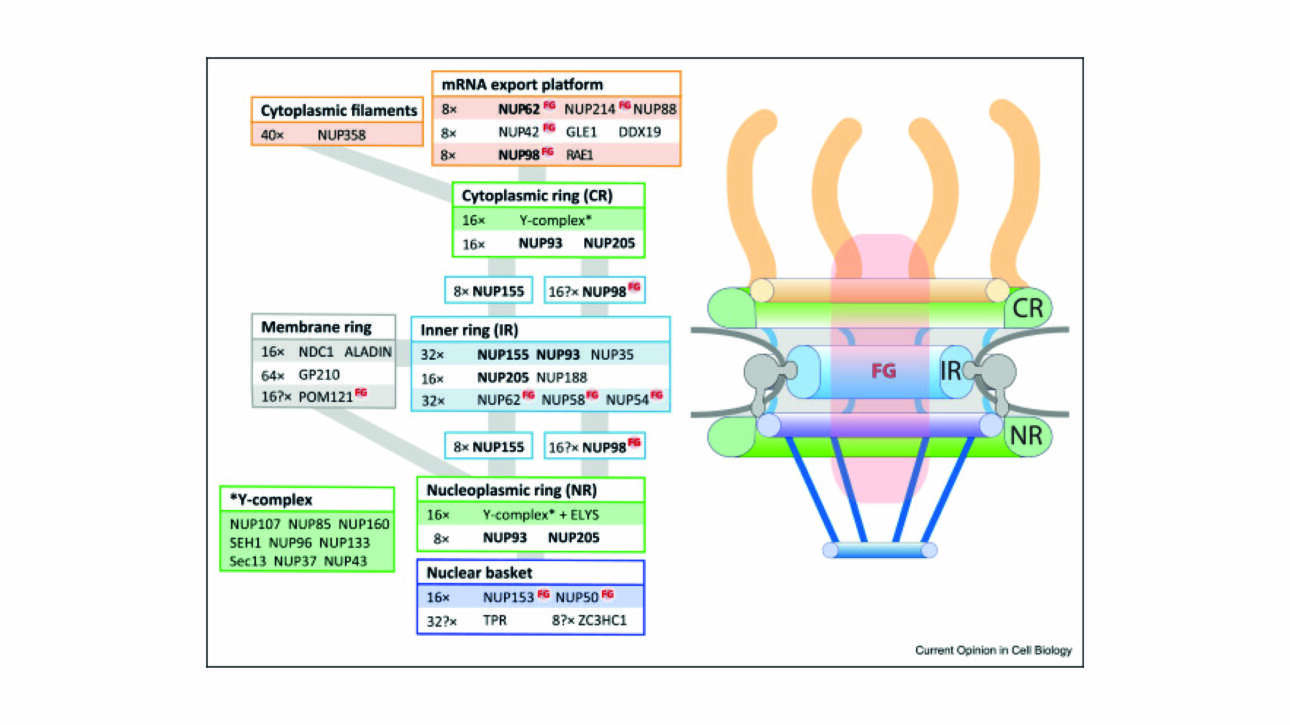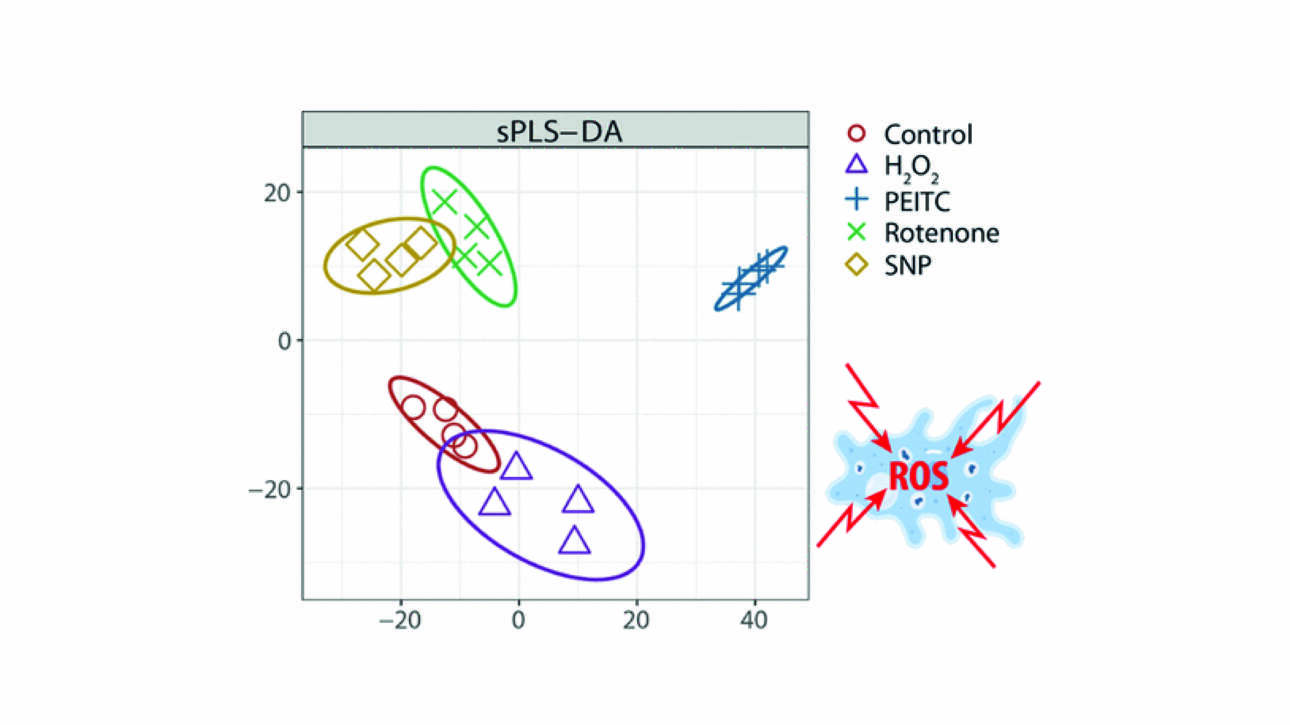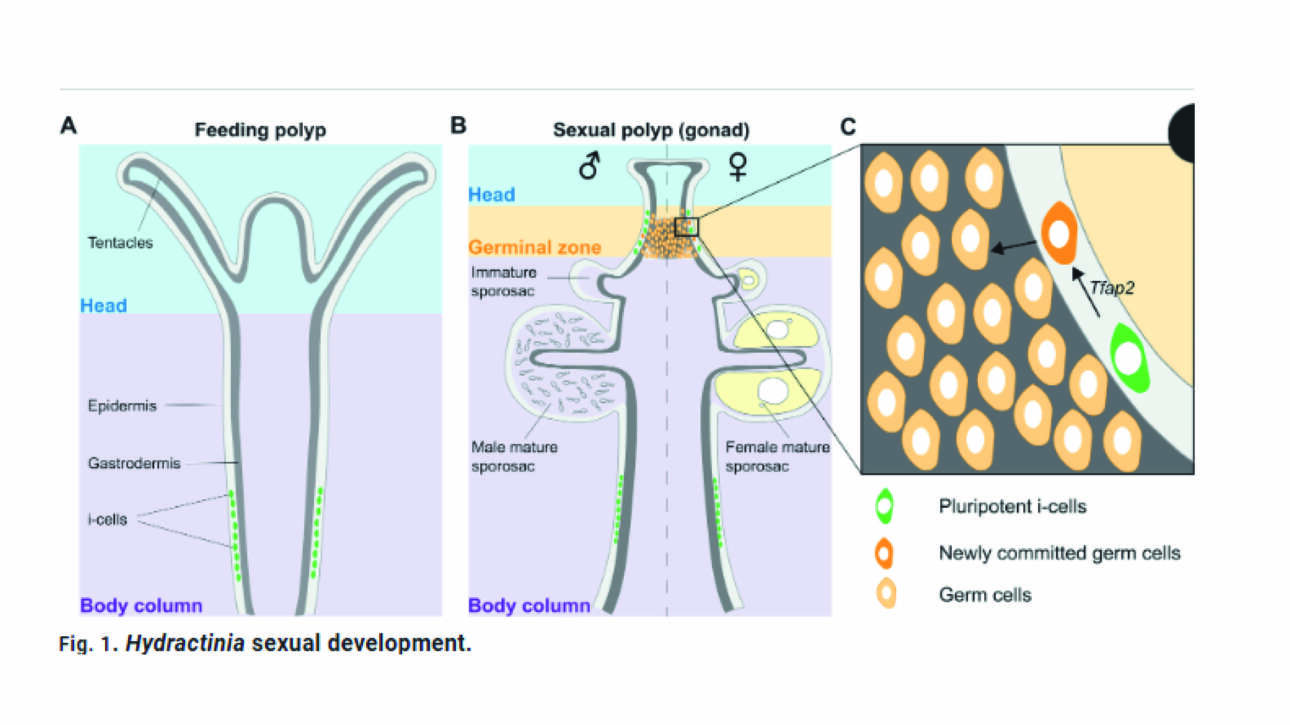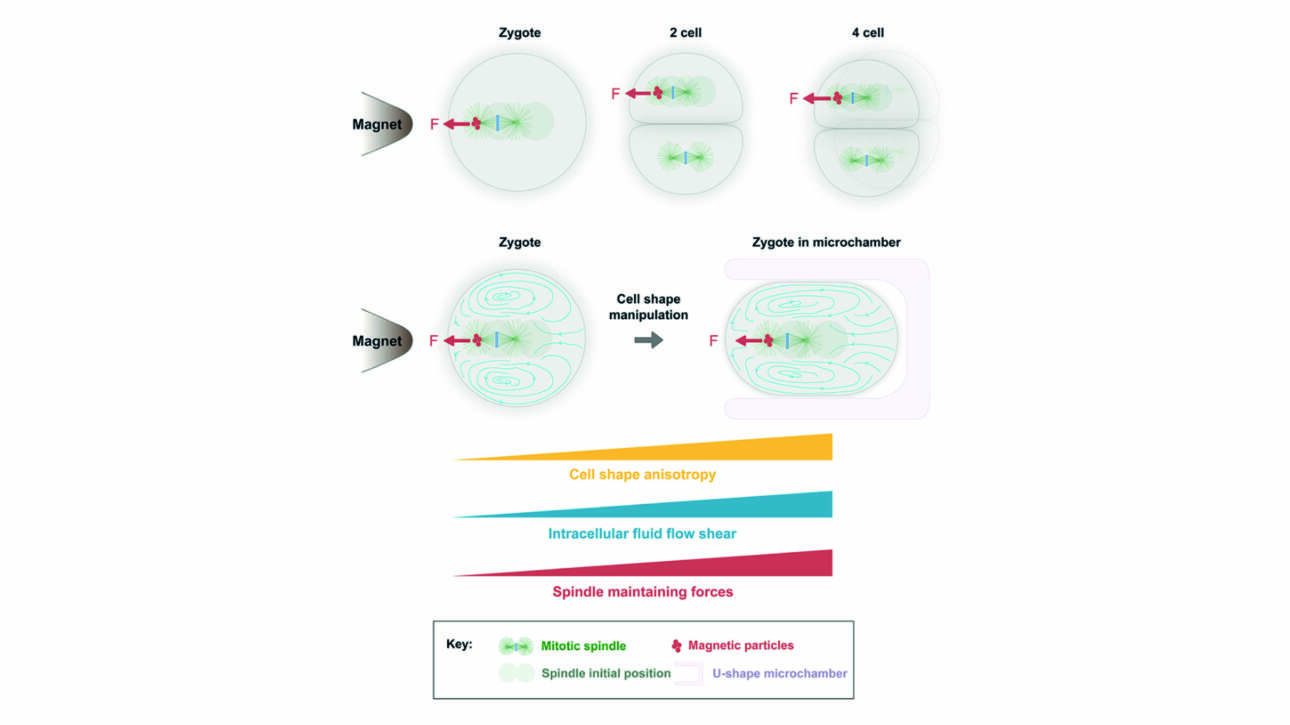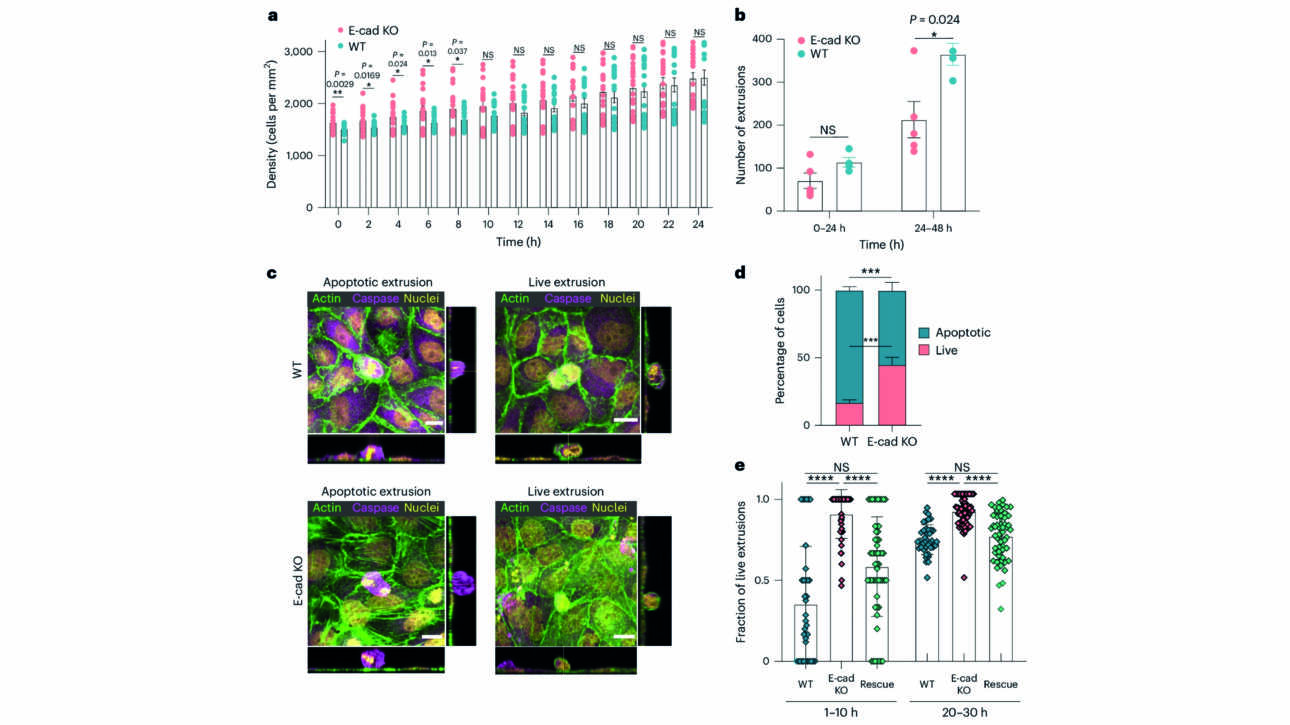L'équipe Romet-Lemonne/Jégou a publié une nouvelle revue dans Annual review of Biophysics :
Mechanics of Single Cytoskeletal Filaments
Résumé :
The cytoskeleton comprises networks of different biopolymers, which serve various cellular functions. To accomplish these tasks, their mechanical properties are of particular importance. Understanding them requires detailed knowledge of the mechanical properties of the individual filaments that…
